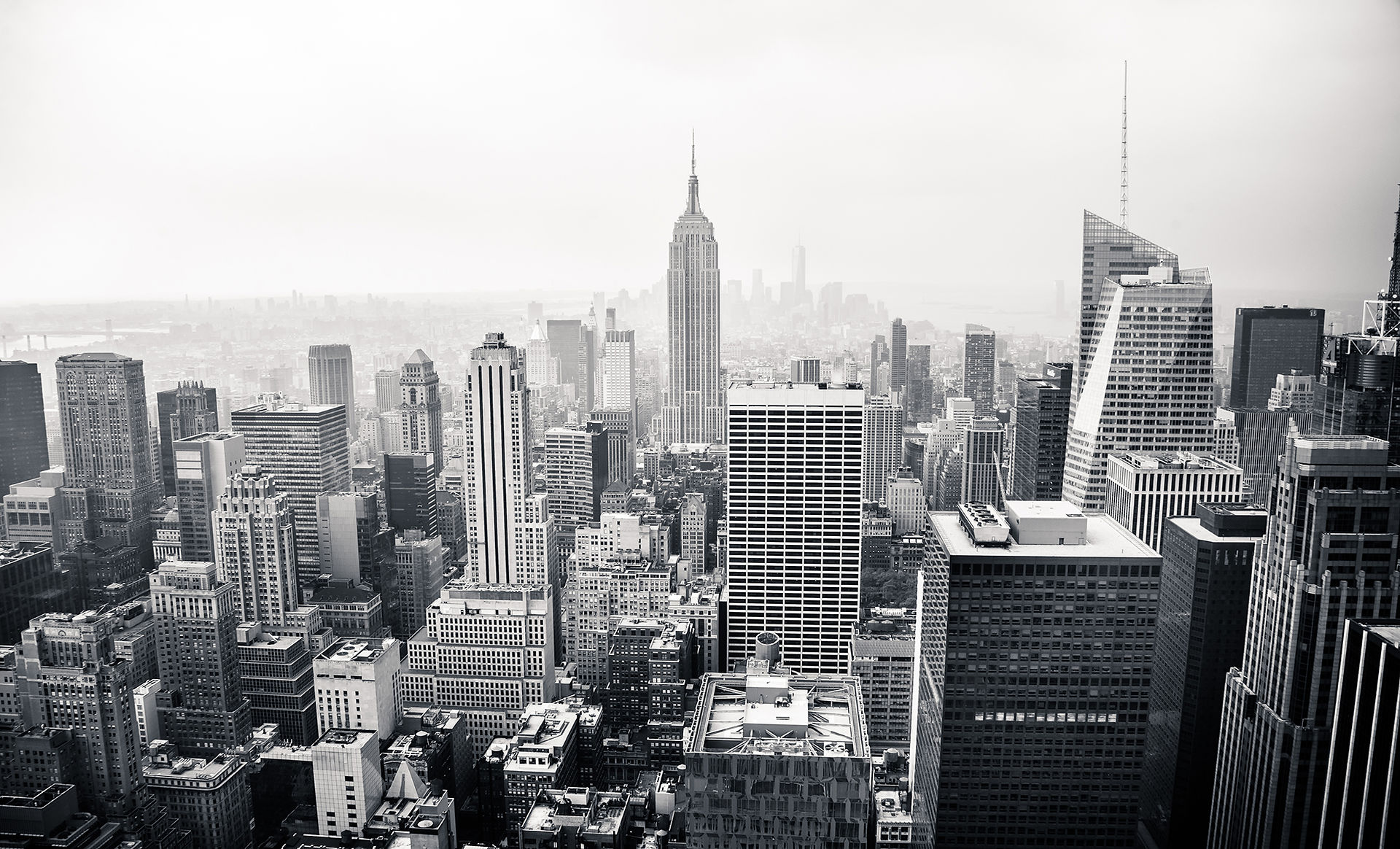top of page

Project 1 Furniture for an elderly
For our first project, we are required to design a furniture, intended for an elderly user based on the study of the user’s need. It is to develop awareness of environmental sustainability in the design and test the student’s ability to meet the imperative and interrelated social needs. In addition, the project also prepared us for programmatic requirements of specific group of elderly for Project 2.
Learning Outcomes of this Project
1. Identify and analyze environmental qualities and contextual needs of a site (Human environment within an architectural space)
2. Apply ideas of environmental sustainability (gained from precedent studies, ESD and Building Science 1 in architectural design
3. Design and create architectural spaces with consideration of environmental poetics in relation to the basic natural context and existing built context (harness environmental qualities of the site to inform design) which impact on users’ experiences.
Project Brief
Changes in health or mobility as one aged demands a different approach to living. For elderly, particular furniture is necessary to ensure comfortable and safe living condition. Therefore, this project explores the idea of a furniture designed for elderly in meeting their everyday needs. The furniture is required to be flexible, lightweight and safe with all mechanisms being innovative, simple and easy to use. Materials for its construction are from sustainable sources and weather proof. The furniture should be multipurpose and must be able to accommodate/support a user’s activity/-ies which include either seating, leaning or resting and other possibilities. Students must be able to demonstrate its ability to function in a real world situation.

Board 1

Board 2

Final Model
Project 2 Center for the elderly
The project calls for a design of an elderly center in a suburban area with the complexity of site topography, natural context and socio-cultural events. Students are required to provide a detail design proposal incorporating with their respective precedent study and site analysis at appropriate level of presentation. It explores design solutions that harness environmental qualities and conditions for human and environment sustainability. Students explore design solutions that reduce environmental impact by utilizing clustered spatial typology and passive design approach. The design should contribute to and merge harmoniously with nature and the site, and provide the best of experiences for the users.
Learning Outcomes of this Project
1. Apply ideas of environmental sustainability in design
2. Design and create architectural spaces with poetic quality in relation to the natural context and existing buildings which impact on users’ experiences
3. Combine the environmental needs, the site (site topography, history and socio-cultural events), and the users’ experiences within building design in the open landscape/suburban context.
4. Produce drawings (both 2D and 3D), modelling and verbal presentation to communicate and visualize architectural design and ideas based on clustered spatial typology.
Project Brief
In the coming years, a greater proportion of houses, apartments and institutional accommodations will be built for elderly persons than at any previous time in our history. There are several reasons for this. Among them are; firstly is the fact that the life-span of mankind has increased through advances in medical and science; thus the proportion of older people in the population has increased. Secondly, with the passing of the three-generation household, more elderly person are living by themselves and therefore require separate housing accommodations.
Ordinary design criteria do not always apply to housing for the aged. One of the most striking differences is the high concentration of one- and two-person families as a result of children leaving home or the death of one spouse. Also important are the needs caused by physical deterioration in old age, which requires special design treatments and facilities.
In addition, certain basic psychological and sociological principles should be observed in planning for the elderly. People in this age group usually do not want to break their ties with family and neighborhood and be placed in a new and foreign environment. They need activities, not merely hobbies, and they want to participate in community functions. The objectives, programs, and physical facilities for the housing of the aged should encourage and support the continuance of earlier patterns of living, daily routines, personal care habits, social contracts, and recreational activities. An important objective is to maintain independent living as long as possible.
Thus, this project aims to provide a design for a center for the Elderly in Subang Jaya, Selangor. Subang Jaya, a fast developing suburban area, is considered a suitable site for the project due to its fast growing population and its establishment as ‘an old neighborhoods’ where many of the aged are likely to be living and to have their roots.
Site Location
The site is in PJS 7, Subang Jaya Selangor, surrounded by housing estates, apartments, religious facilities, low rise commercials and educational institutions. It possess characteristics of good neighborhood with normal range of community facilities are available around it. The topography of the site is almost level which consider appropriate to elderly to minimize the need for steep walks, ramps or stairs. Furthermore, relatively level sites encourage walking – a highly desirable exercise.

Site Analysis for PJS 7

Board 1

Board 2

Board 3

Board 4

Model
bottom of page